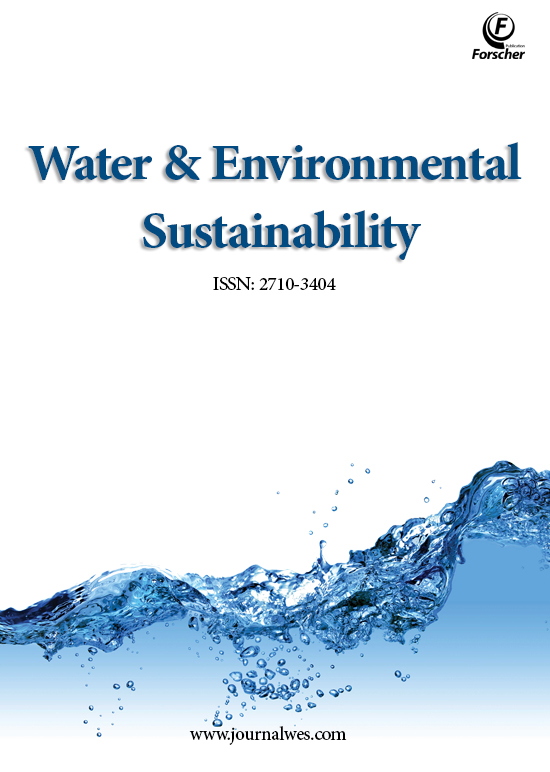Document Type : ORIGINAL RESEARCH ARTICLE
Authors
Department of Zoology, Government College, Utai, Dist. Durg, C.G., India
Abstract
Fly ash, a byproduct of coal-fired power plants, is entirely inorganic and inert, making it unfit for life. In Korba, fly ash is deposited in dykes, which are open embankments. The quest for organic compounds was critical because the humus formation is a revolution in fly ash, and just it will be capable of supporting life forms. This was conducted in the dykes to verify the organic materials source in fly ash, namely, whether they are originated from coal, furnace start-up oil, or animals and plants that grew in the area. Thin layer chromatography and ascending paper chromatography in a liquid medium were used as the method.
Keywords

